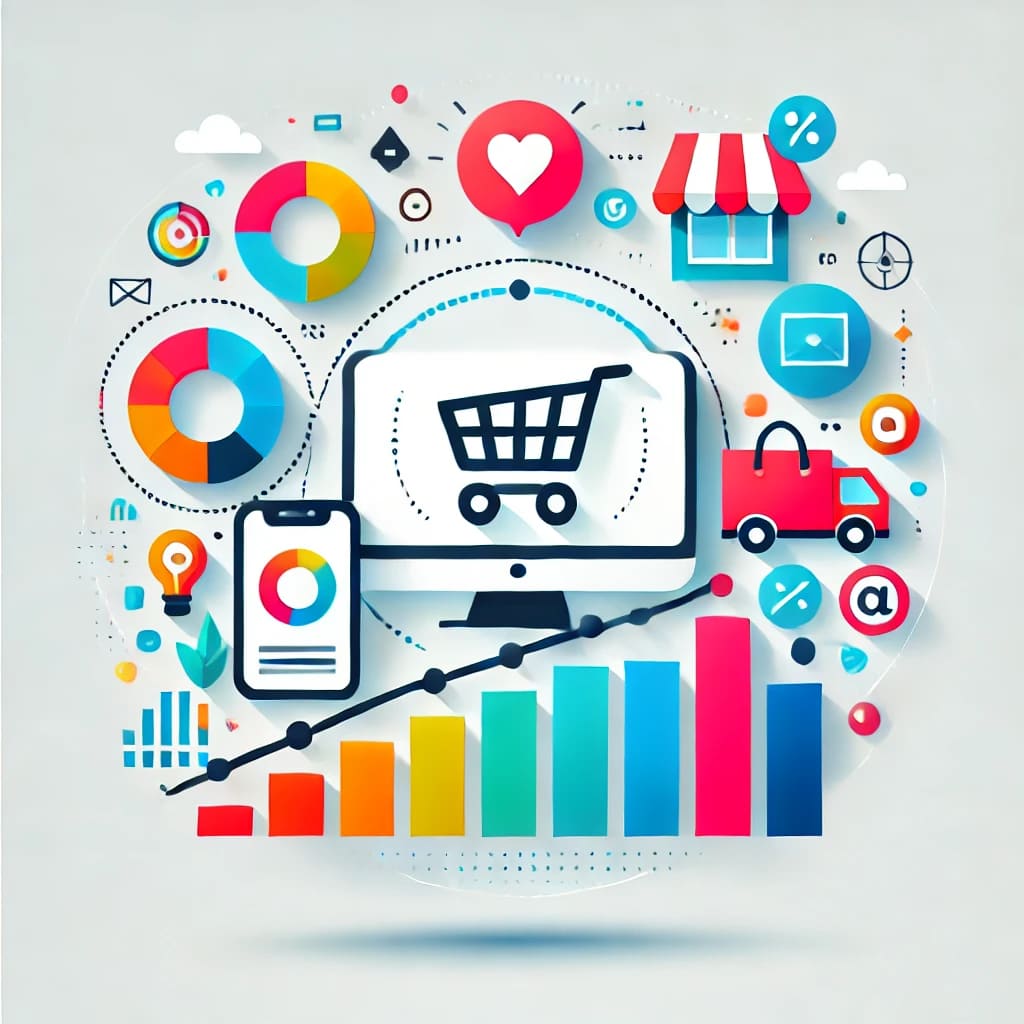Introduction
In today’s digital age, mastering the art of digital marketing is no longer optional; it’s a necessity. From social media to SEO, email marketing to analytics, the digital marketing landscape is vast and complex. This comprehensive guide aims to provide a robust understanding of digital marketing, its components, and how to effectively integrate it into your overall marketing strategy.
What is Digital Marketing?
Digital marketing encompasses all marketing efforts that use an electronic device or the internet. Businesses leverage digital channels such as search engines, social media, email, and other websites to connect with current and prospective customers. Unlike traditional marketing, digital marketing offers a two-way interaction between businesses and consumers, providing real-time engagement and measurable results.
Core Components of Digital Marketing
- Search Engine Optimization (SEO): SEO is the practice of optimizing your website to rank higher in search engine results pages, thereby increasing the amount of organic (or free) traffic your website receives.
- Content Marketing: This term denotes the creation and promotion of content assets for the purpose of generating brand awareness, traffic growth, lead generation, and customers.
- Social Media Marketing: This practice promotes your brand and your content on social media channels to increase brand awareness, drive traffic, and generate leads for your business.
- Paid Media/Advertising: This is a method of driving traffic to your website by paying a publisher.
- Email Marketing: Companies use email marketing as a way of communicating with their audiences. Email is often used to promote content, discounts, and events, as well as to direct people toward the business’s website.
- Affiliate Marketing: This is a type of performance-based advertising where you receive commission for promoting someone else’s products or services on your website.
- Analytics and Data: Understanding and using analytics tools like Google Analytics, Google Search Console, and proprietary software can offer insights into customer behavior and campaign performance.
- Mobile Marketing: With the increasing use of smartphones, mobile marketing focuses on providing a seamless user experience for consumers on mobile devices.
- Influencer Marketing: This involves endorsements and product placements from influencers, people and organizations who possess an expert level of knowledge and/or social influence in their respective fields.
The 7 P’s in Digital Marketing
Digital marketing also adheres to the 7 P’s of marketing:
- Product: The digital or physical product or service you’re marketing online.
- Price: The price tag attached to that product or service.
- Place: The platforms where you choose to market your product.
- Promotion: The digital marketing campaigns and techniques used.
- People: The target audience for your digital marketing efforts.
- Process: The journey a customer takes from awareness to conversion.
- Physical Evidence: In the digital world, this could be your website, social media profiles, or customer reviews that provide tangible proof of your product or service.
Conclusion
Digital marketing is an ever-changing field that requires marketers to stay updated with the latest trends and technologies. By understanding the core components and how they fit into your overall business strategy, you can create a more effective and integrated digital marketing plan.



